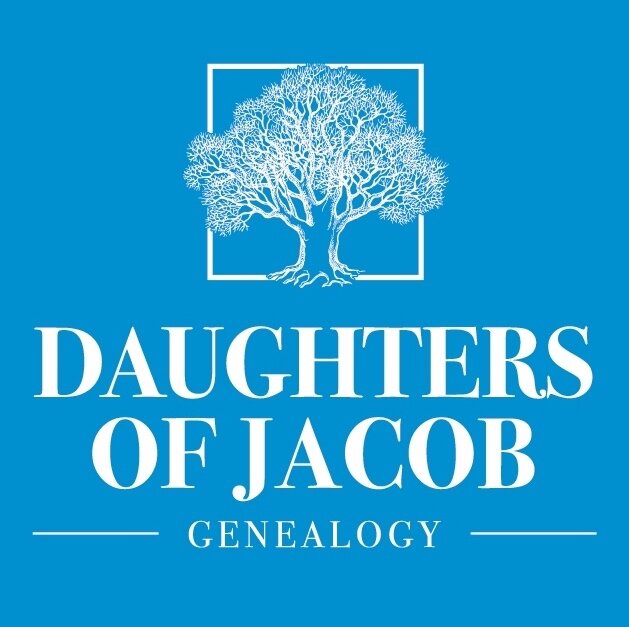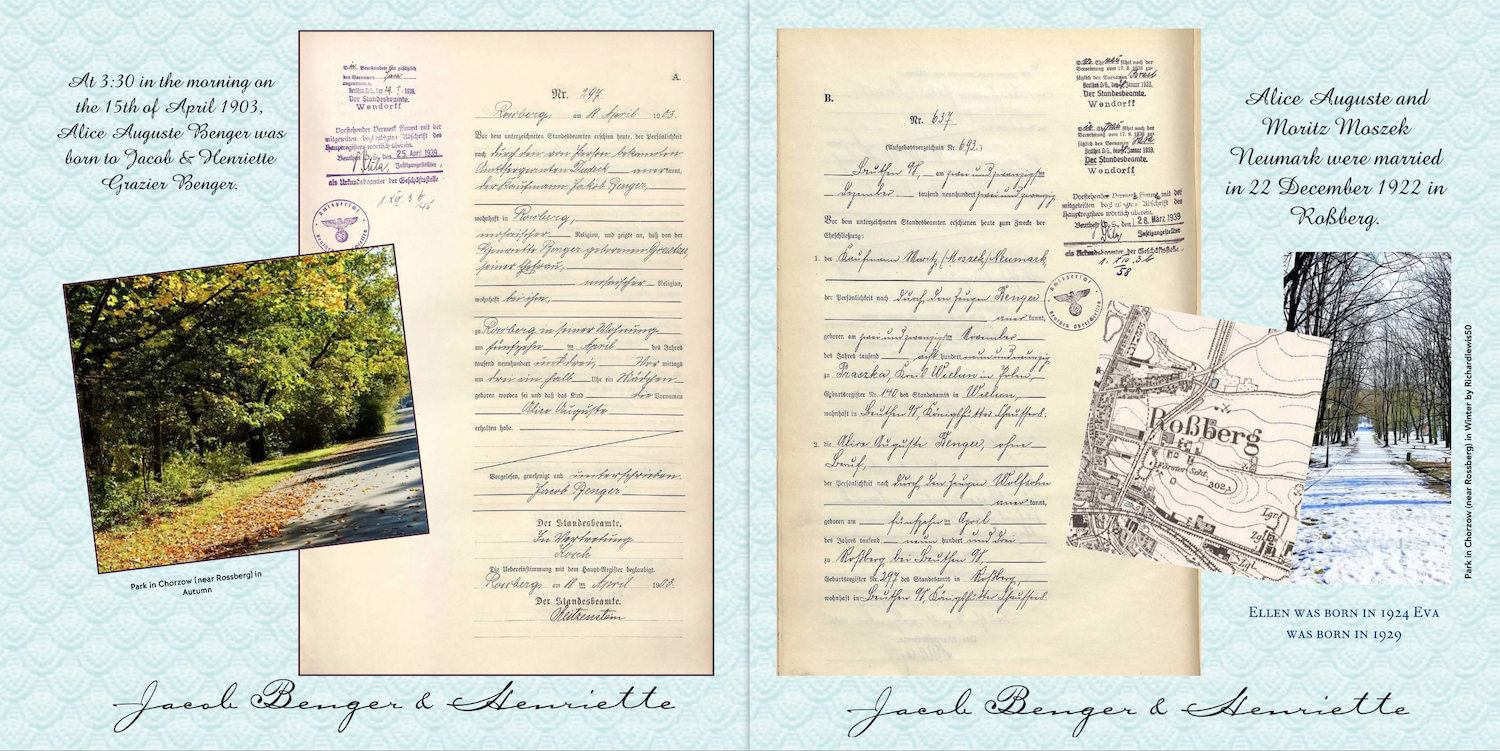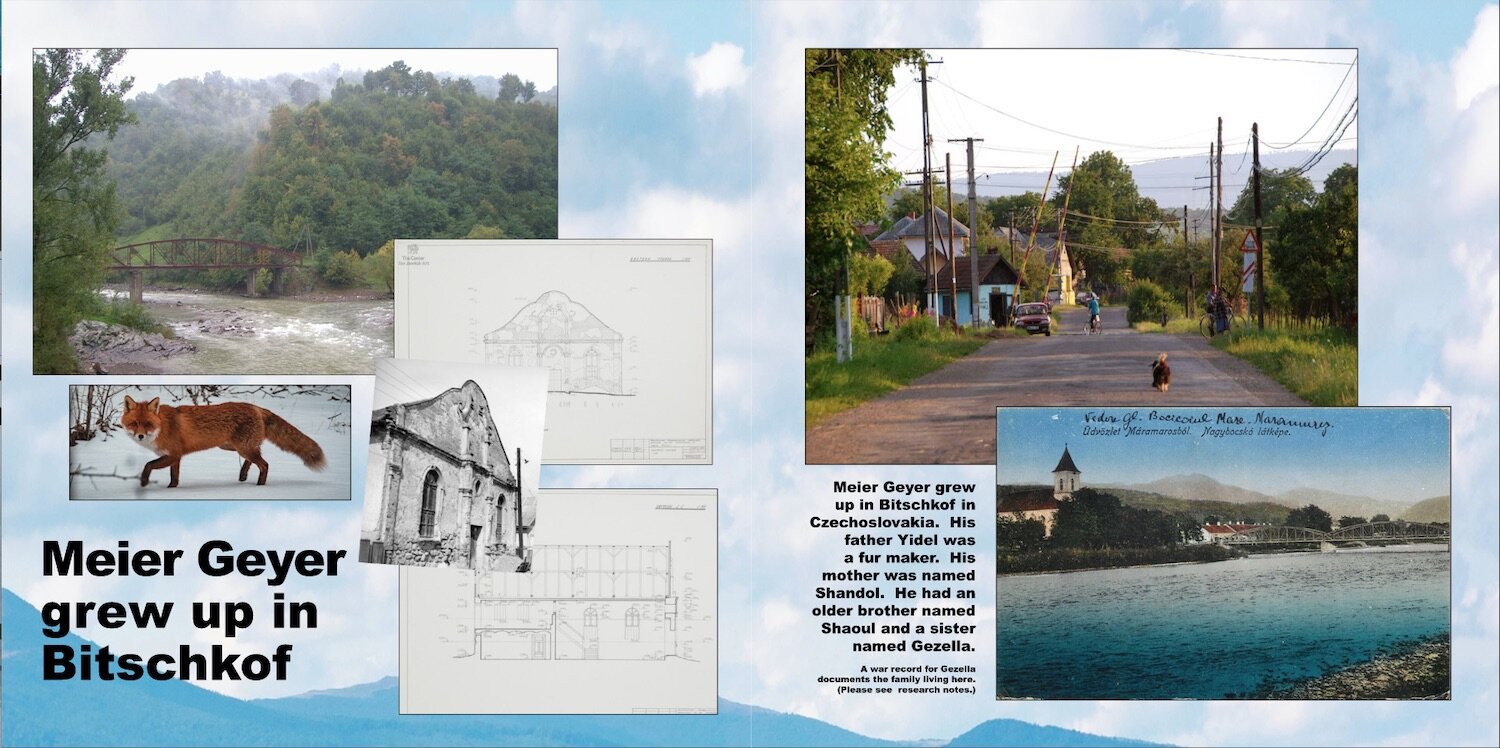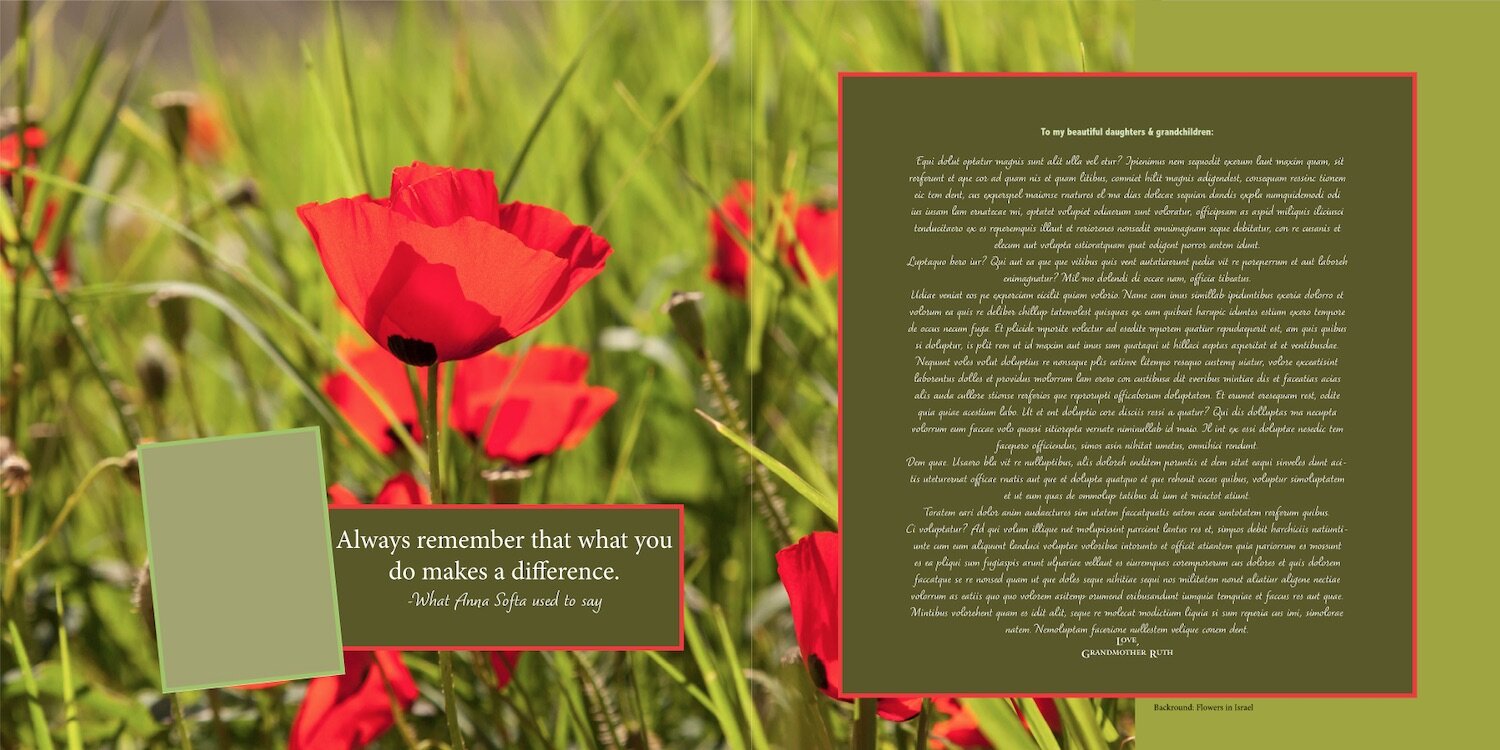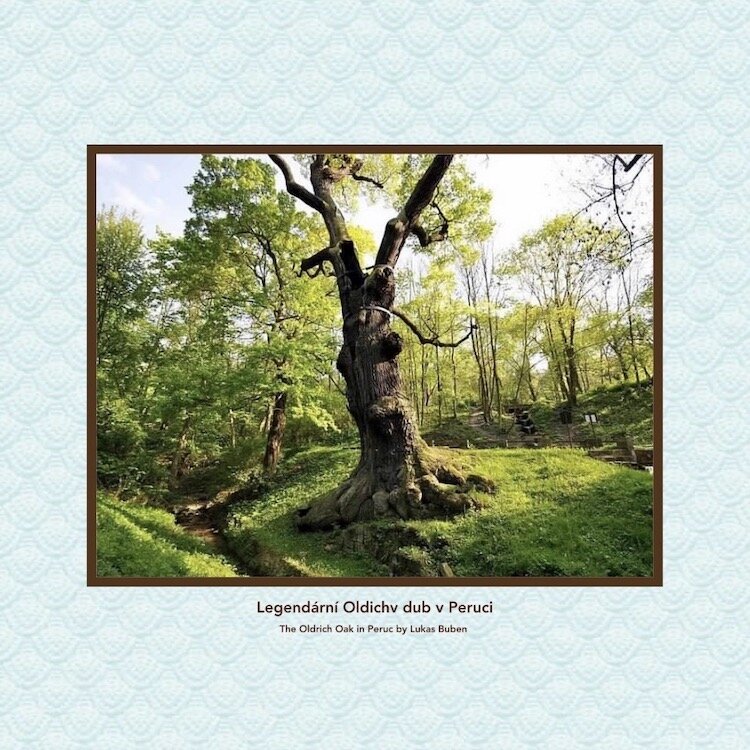Nature Speaks
Almost all humans experience the cycles of days and seasons, the fragile beauty of a tiny flower, the majesty of an ancient tree, or the feel of wind, rain, earth, heat and cold. Brief moments with nature can carry mountains of meaning. I still remember the flowers my father planted in front of our house when my little sister was born. Similarly, through encounters with nature, we can share a great deal with those who have gone before us, without a word ever being spoken.
The book pages we share here are drawn from work done for a variety of clients.
Fire and ice
Research: The facts were easy: a wedding in New York City in the fall not too long ago. The challenge of this spread was the image research to find exactly the right scene to bring that crisp fall day to the reader’s mind.
Content: This image poetically contrasts human construction with nature, and the unseen, unceasing bustle of the city with the serenity of Central Park—apt metaphors for the paradoxes of life that await us all.
Design: The paradoxical contrasts continue. The placid water reflects the vibrant, warm colors and soft shapes of the trees, while the city skyline juts upward in the background with stark vertical lines of stone and steely blue.
To everything a season
Research: We found these images of original certificates for Alice’s birth and the marriage of Alice and Moritz.
Content: Images of original documents convey so much more than merely the factual information they contain. Juxtapose those images with photos of what nature may have looked like at the time and place of the event documented, and it is not too hard to imagine what the day must have been like.
Design: The centerpieces of this spread are the documents. Pictures of the parks in the corresponding seasons bring the moments to life. The gentle background gives a soft feeling of home and family.
Bitschkof blues
Research: We were given the name of the town where Meier grew up, but it took many hours of research to decide which of the towns with that name was his. Nature affirmed our decision.
Content: We knew that Meier’s father was a fur trader. The fact that this Bitschkof is in a mountainous area with fox preserve nearby was one more evidence that we had found the right town.
Design: Bitschkof is a chilly place, a fact that is reflected in the misty river, the fox in the snow, and the many blues throughout this spread.
Letter from Ruth
Research: Our task for this spread was image research. We searched for an image that used one of Ruth’s favorite colors and had strong connections with her family’s roots in Israel.
Content: This spread is a letter from a grandmother to her children and grandchildren, with a family photo and quote. Because of their personal nature, the letter’s text has been replaced by gibberish and the photo removed.
Design: Bold red poppies, photographed in Israel, stand out against inviting green grass. Green backgrounds also invite us to read the texts. However, their borders in complementary red signal their importance. The tilted photo suggests the swaying of the flowers.
Ancient roots
Research: Our research task for this page was to find an image for the beginning of the book that portrayed the family’s deep roots in Peruc, Czechia.
Content: The Prince Oldrich Oak, in Peruc, is believed to be about 1000 years old. It is likely that every generation of the family that lived there knew the legend of this tree that stands near a main road into town.
Design: We choose images that not only enhance the book’s connection to the family and its historical context, but also contribute to the book artistically. The light striking the gnarled trunk contrasts with the fresh green grass and new leaves. The brown border and text reemphasize the deep-rootedness of the tree, and by extension, the family.
New beginnings
Research: Our research task for this page was to find an image for the last page of the book to complement the image of the Oldrich Oak on the first page.
Content: This image refers the viewer’s mind back to the Oldrich Oak image, although it can also stand on its own as a visual representation of the proverb, “Great oaks from little acorns grow.” Fittingly, the earnest sapling already bears an acorn.
Design: This image contrasts the twig-like sapling in the foreground with the trunk in the background that seems to be so large that it cannot even fit within the frame of the photo. Note that the delicacy of the sapling’s trunk is wordlessly reiterated by the absence of the weighty brown border that surrounds the Oldrich Oak image.
